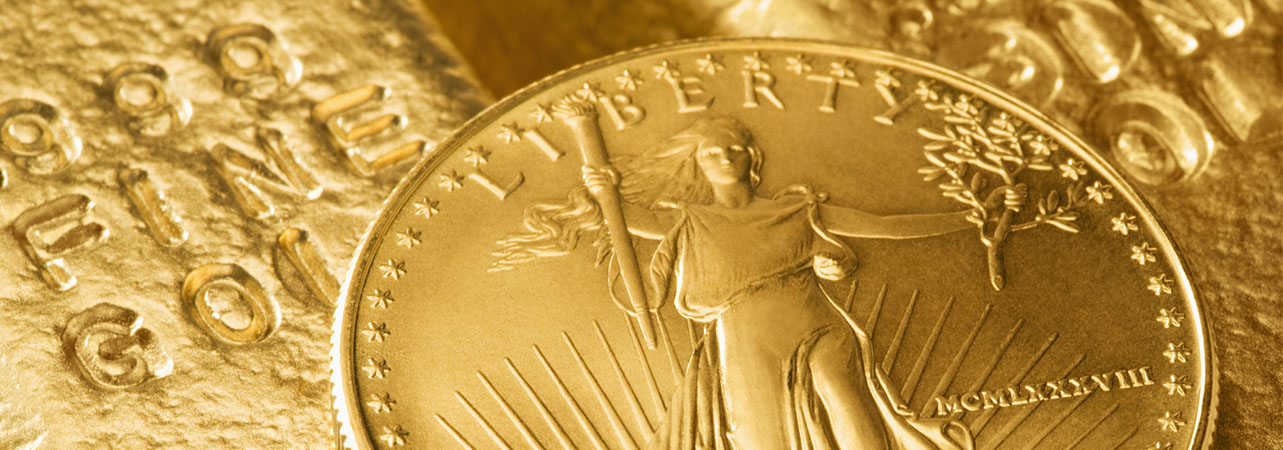Inflation? Cryptos? Interest rates? What explains the recent strength of gold?
- Gold is up almost 12% from its March lows.
- Gold has a reputation as a hedge against inflation, though this hasn’t always worked in practice.
- Cryptocurrencies and the Dollar may also be playing a role.
The gold price has followed the trajectory of the crisis: it rose significantly from March to July 2020, as investors wondered whether the world was about to end. It then slid from July to March 2021, as worries eased and the vaccines came into play. However, what explains its rise from February onwards – now 12% and counting?
The gold price is always subject to myriad forces, often in conflict with each other. As such, why it is moving in a specific direction may only become clear with hindsight. However, many have been quick to attribute its recent strength to rising inflation. Certainly, its rise has coincided with some scary inflation prints emerging from the US.
Gold also enjoys a lingering reputation as an inflation hedge. As it turns out, this reputation isn’t particularly well-deserved. While gold appeared to be protective during periods of inflation in the 1970s and 1980s, it hasn’t managed to repeat the trick since. This may be because inflation hasn’t been particularly high and, if it pushes uncomfortably high today, gold may once again ride to the rescue. However, it’s by no means assured.
Equally, gold tends to do badly when interest rates rise. The opportunity cost of holding a non-yielding asset rises as cash rates rise. The gold price responded negatively during the last ‘taper tantrum’ in 2013 when the Fed abruptly tightened policy. It may be that investors are now reassured that interest rates won’t rise in response to inflationary pressures and therefore real interest rates (interest rates less inflation) will remain low.
However, this doesn’t feel like the whole story. Gold’s rise may also have something to do with activity in currency markets. In particular, gold may have benefited from a disillusionment with cryptocurrencies. While Bitcoin and other cryptos performed well in 2020, they have shown uncomfortable levels of volatility in recent months, which may have pushed more nervous investors into gold. Like Bitcoin, gold has scarcity value and should be a bulwark against abundant money supply.
Of course, gold’s strength may be more prosaic. The Dollar has weakened in recent months and there has often been an inverse relationship between gold and the US currency. There has also been physical gold buying in China and India, both by individuals and central banks.
The difficulty of extrapolating why gold has done well shows the problem of timing entry and exit from gold. Often, by the time investors realise there’s a problem – inflation, geopolitical instability - the gold price has risen too much for it to be an effective hedge. It is perhaps better to keep a little put aside in a portfolio for when you need it.





